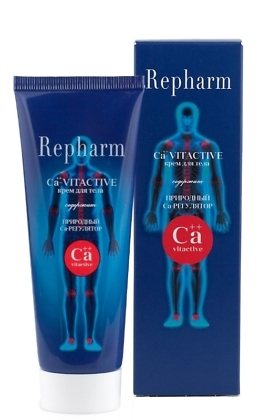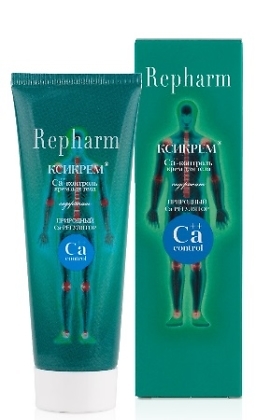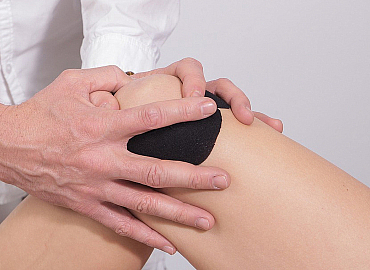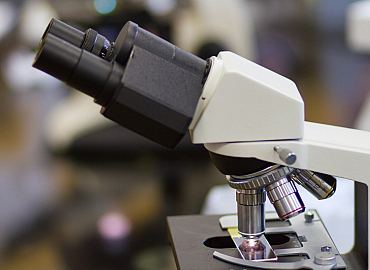Arthritis is a widespread inflammatory disease of the human musculoskeletal system, which afflicts millions of people. Nowadays this disease occupies one of the leading positions among the causes of disability.
Arthritis affects various joints (large and small): elbow joints, knee joints, ankle joints, hip joints, phalangeal joints, etc. This disease is dangerous as it not only limits the motion activity, but also leads to various dysfunctions of the internal organs. First, heart, liver and kidneys are exposed to risk.
During the disease course, the articular cartilage becomes thinner; it is decayed and during the last stages, it is completely missing. The loss of cartilage leads to friction of adjacent bones about one another. As a result, patients experience joint dysfunction, inflammation, swelling, pain, localized temperature rise (or even fever), immobilization, and deformation.
Types and causes of arthritis
The causes resulting in disease progression are not clearly understood. Among the most common predisposing factors are the following:
- infections;
- disorder of metabolic processes;
- mechanical injuries;
- excessive physical activity;
- genetic predisposition;
- excessive weight;
- unhealthy diet, bad habits;
- immune system disorders and some other diseases.
There are also many types of arthritis:
- rheumatoid arthritis: a chronic systemic autoimmune disease, which is distinguished by the progressive destruction of the connective tissue basically of the membranes and cartilage of peripheral joints with deformation of the latter; this pathological process can spill over to the internal organs;
- osteoarthritis: a progressive joint cartilage destruction process with the bone overgrowths between the adjacent bones; it occurs due to the overload, typically it affects the joints of the spine and knee joints;
- infectious arteritis: occurs in case when infection enters the joints from the blood during infectious diseases or directly in case of joint injury and the progression of the inflammatory response (gonorrheal, gonococcal, tuberculous, dysentery, chlamydial, viral, post-streptococcal arthritides);
- traumatic arthritis: causes of arthritis – all manner of trauma, mechanical injuries, constant occupational load on the joints;
- gouty arthritis: occurs as a result of purine metabolism disorder and concretion of uric acid crystals in the joint cavity, which lead to pain and inflammatory state;
- rheumatic arthritis: rheumatism evidence – a chronic infectious-allergic disease of the connective tissue with predominant cardiac and joints involvement (typically knee, ankle and elbow joints); starts in 2 – 3 weeks after tonsillitis, pharyngitis;
- psoriatic arthritis: occurs in the setting of psoriasis at the age of 20 – 50;
- reactive arthritis: occurs in 2 – 4 weeks after the infectious involvement of gastrointestinal tract, urinary tract, nasopharynx, genital organs;
- dystrophic arthritis: as a result of metabolic disorders, frigorism, athletic overexertion, lack of vitamins.
Arthritis drugs
Arthritis medical treatment is prescribed according to its type. However, in any case, it is impossible to slow down the destructive processes or jugulate the disease only with the help of one pharmacologic agent. The following drugs can be involved in the complex of medical treatment:
- anti-inflammatory agents (Voltaren, Diclofenac, Butadion);
- analgetic agents (Diclofenac);
- antibiotics (penicillins, aminoglycosides, cephalosporins);
- agents for muscle spasmolysis (neuromuscular blocking agents);
- decongestants (Dimexidum (dimethylsulfoxide);
- agents for salt removing (Allomaron, Milurit)
- agents preventing destruction of bone and cartilage tissue (Raloxifene, Aclasta, KSICREAM, Ca-Vitactive cream)
- agents restoring cartilage and bone tissue (Alflutop, Glucosamine, Chondroitin, Aclasta, KSICREAM, Ca-Vitactive cream).
Role of Ca-regulating drugs for arthritis treatment
Calcium regulating drugs have great relevance in treatment of the certain types of arthritis. They reduce pain and favor to restore bone and cartilage tissue. The use of agents based on bisphosphonates provides a long-lasting positive effect. In case of arthritis and accumulation of salts, it is recommended to use the ointments and creams with the bisphosphonate complex (AKSINIA cream, Ca-Vitactive cream, KSICREAM). They activate the vital functions of calcium ions and regulate calcium metabolism. Bisphosphonates are involved in the nerve tissue regeneration, eliminating the cause of pain. In addition, they prevent the accumulation of insoluble salts, slow down the destruction of bone and cartilage tissue.
The significant advantage of ointments and creams with bisphosphonate complex is the possibility of their long-term use, as it is very important in case of treatment of chronic diseases. In addition, such dosage forms exclude possible side effects from the use of pills or injection drugs.
Professor of Bogomolets National Medical University, L.V. Degtyareva
-

CA-VITACTIVE Calcium Body Cream, 70 g
560.00 ₽$ 7.58
-

KSICREAM CA-CONTROL Calcium Body Cream, 70 g
550.00 ₽$ 7.45
 17 Mar 2017 г.
17 Mar 2017 г. 











